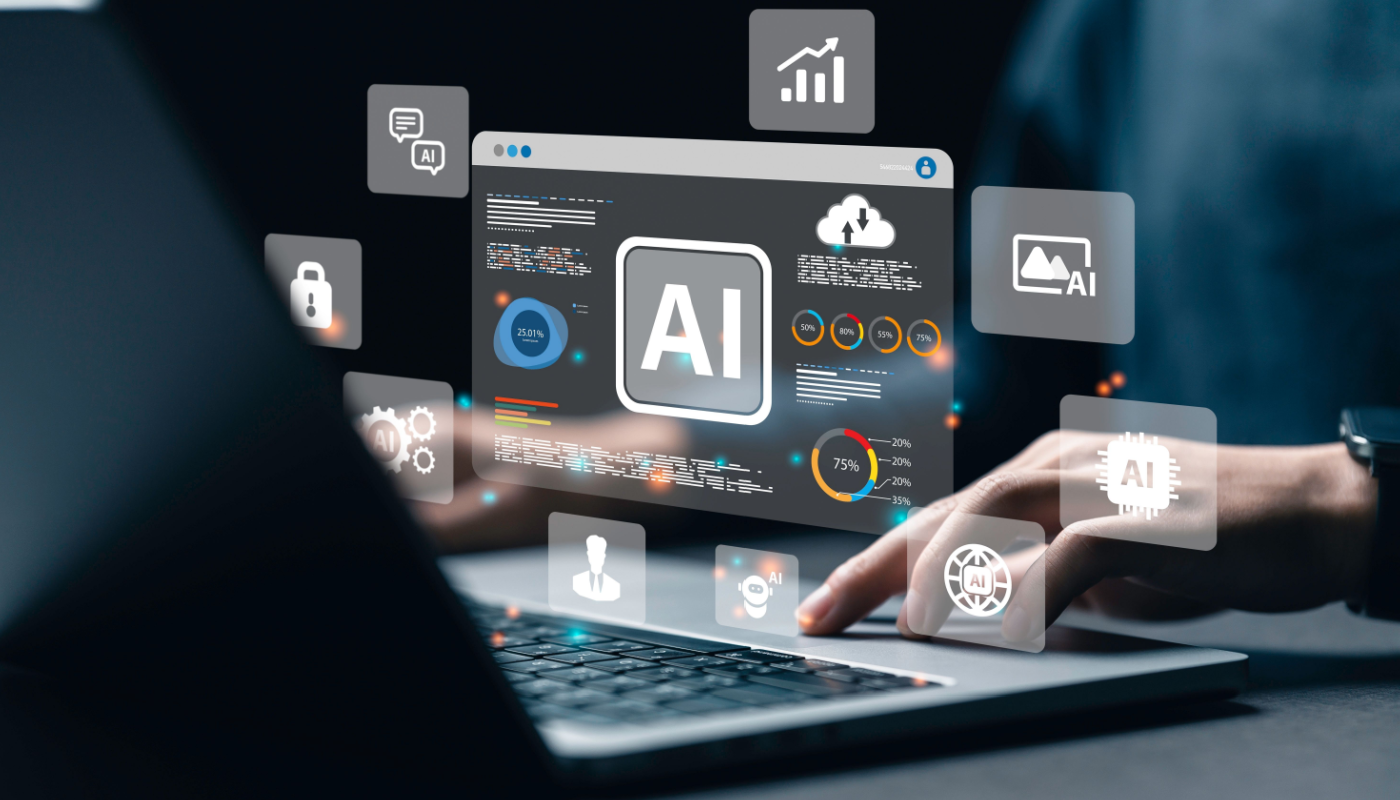Artificial Intelligence is on the hot trend list for 2018 and beyond. What are some guiding principles for implementing AI in Supply Chain Management (SCM)?

The role of Artificial Intelligence (AI) in business activities has again emerged as a hot topic for 2017 and 2018. In fact, Gartner predicts by 2021, 40% of new enterprise applications will include Artificial Intelligence Technologies, where AI and Machine Learning promise to solve a plethora of problems faced by enterprises today, from better decision-making to increased efficiencies and cost savings.
The critical question that comes to mind is:
What from the current ‘AI wave’ is relevant to the ongoing challenge of bringing ever-increasing levels of intelligence to managing the supply chain to improve business performance and responsiveness? And how do we position these technologies within the SCM structures and with other ‘decision-making technologies’ such as forecasting, optimization, simulation, and more?
This is the first of a series of articles to address this question.
The logical start of our series focuses on what can we learn from the first AI wave during the 1980s to help us between now and 2021. Yes, there was a first AI wave over 30 years ago – one example being the Gartner AI Conference of June 1986 in Stamford, CT.
Where to find information about the 1980s? I turned to Gary Sullivan who, during his 40-year career with IBM, was one of the key actors in the original “AI” movie. His work in the 1970s and 1980s received major awards from IBM, American Association of Artificial Intelligence, INFORMS, and POMS. He also wrote a series of articles in the 1980s titled ‘Artificial Intelligence – getting a handle on a moving target’.
To help shape my discussion with Mr. Sullivan on AI, I posed two questions: My first question aimed at generating a list of guiding principles and the number one takeaway. And the second question centered on how he would compare and contrast the use of AI/Expert system methods with traditional optimization and statistical methods in the principal areas of supply chain management, including demand and supply planning.
Key Guiding Principles for Implementing AI in Supply Chain Management
For this article, we will focus on the first question posed. Please revisit our blog in the future where I will continue with the second question topic. We will cover topics such as expert systems, forward chaining, machine learning, data mining, the interplay between AI and forecasting, and between AI and optimization, and what that means for supply planning; and finally the holy grail – explain why AI methods or the optimization methods get a particular result.
Despite unpopular press accounts of AI / Expert Systems during the winter of 1990, the use of this technology has become ever more pervasive in day-to-day use from 1990 to now. Examples abound underwriting, search engines, voice and photo recognition, credit card fraud detection, cell phones, GPS directions, language translation, driving cars, and more.
A supply chain is a demand-supply network with the following key components: estimating demand, estimating supply, inventory policy, and analysis that can be approximated with the decision tier grid (Arkieva publication Supply Chain: Enterprise-Wide Planning Challenges, Chapter 3 – Levels and Components of the Playing field). Within this network most business questions belong to one of three groups:
- Descriptive Analytics – what has happened or is happening
- Predictive analytics – what is likely to happen
- Prescriptive Analytics – what actions should be taken?
Why restate the obvious? It is critical to remember our purpose is to integrate more intelligent decision-making into the extended supply chain to drive improvements in organizational performance – not just acquire fun stuff to dabble with. I always refer back to this list at least once a week because of my years of experience with converting dabbling to value for an organization.
It is critical to see the “AI body of work” within the historical development of computational devices that capture, store, and process information. My former IBM colleague Dr. Manuel Alfonseca recently made this observation “As you can see, what is now called smart is just what was formerly called automatic. But of course, the word smart is more appealing, that’s why it’s being abused. In the same way, there is a tendency to call artificial intelligence what formerly was called computer science.” Why is this important? Without this perspective, one can get caught up in the glitz (which goes back to guideline 1), and every organization has some very talented people in the trenches making everything work – without acknowledging this fact, you will lose credibility with these critical people.
There are many exciting methods and application in AI that don’t have much or any applicability in extended supply chain management (ESCM) but may for supply chain execution. Obvious examples are drones and driverless trucks. However, your ESCM applications have to have the flexibility and intelligence to enable your firm to make the best use of these technologies – just with new production equipment or a new warehouse. Why is this important? The successful use of AI within execution falls to the folks managing the network.
Avoid the mistake of initially classifying “computer-based solutions” based on technology such as AI, machine learning, optimization, statistics, forecasting, machine learning, etc. This classification is a function of their heritage and the professional groups with a stake in the technology. Once down this road, recovery is difficult. Why is this important? Groups (internal and external) often will naturally establish a personal attachment to the technology and continue to hold to it when another technology provides a better solution.
How best to avoid this death spiral? Make certain the following viewpoint is maintained – see these as a collection of computational methods and classify them by three nested levels: purpose, data structures, and nature of the algorithm (technology) – then make a decision based on the best interest of the business.
Typically, the groups with the skills required to work each of these technologies know very little about the other technologies or supply chain management. Why is this important? In a blink of an eye, you may have one group wanting to use a hammer to put in the screws and another group attempting to use pliers, while the screwdriver sits idle.
Implementing AI in Supply Chain Management: Key Takeaway
The real synergy and value to firms come from incorporating “agents of change” into the project who are comfortable in the grey areas between technologies and know the application area. It is only these skills that can move seamlessly between dabbling with technology and delivering solutions that improve organizational performance.
[Read more: Beyond the Supply Chain Maturity Model Buzz]The best summary of the first wave is in Prof. Ed Feigenbaum’s, winner of the Turing award, 1988 book “Rise of the Expert Company.” It is worth a quick read.
Enjoyed this post? Subscribe or follow Arkieva on Linkedin, Twitter, and Facebook for blog updates.





